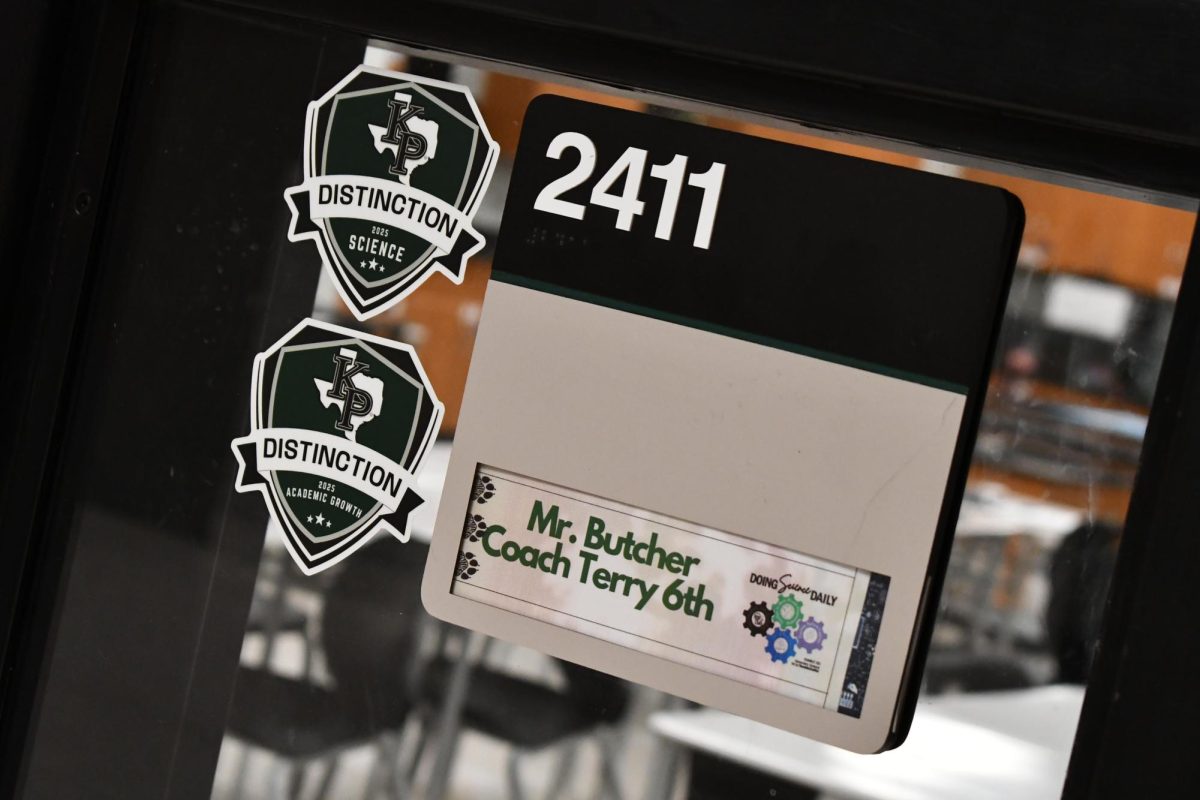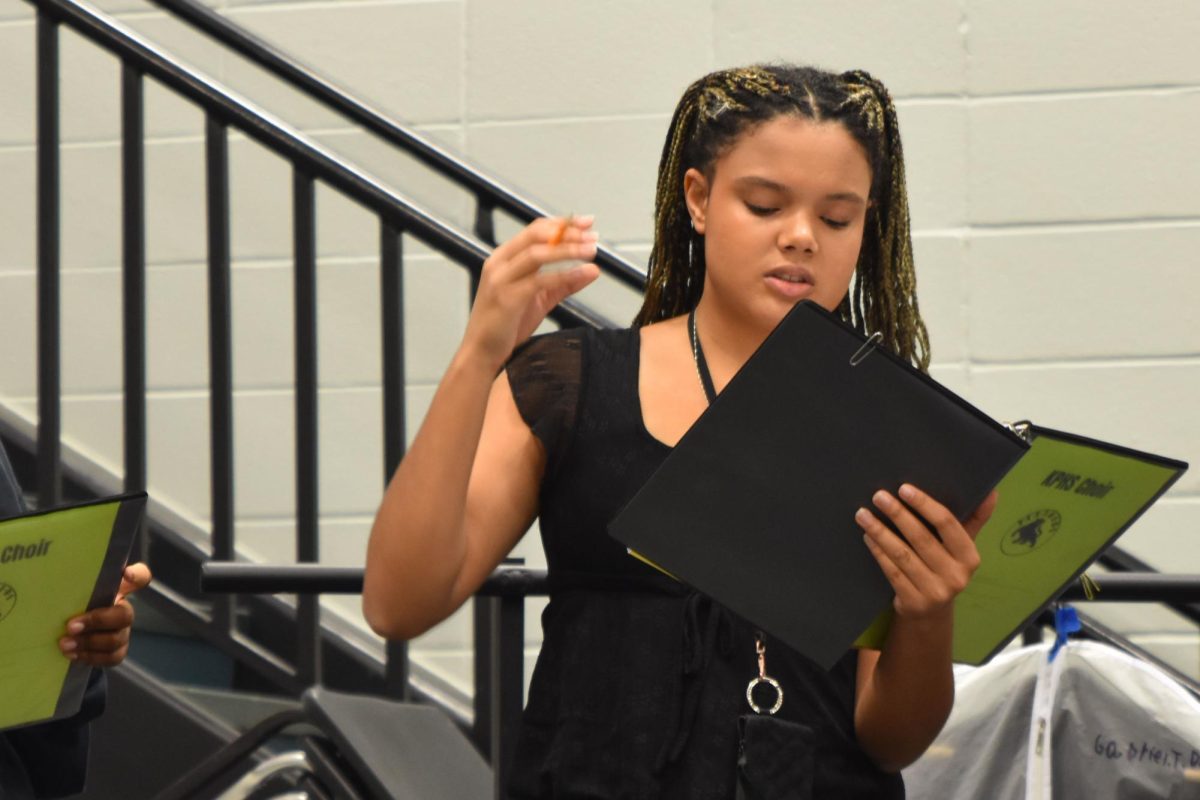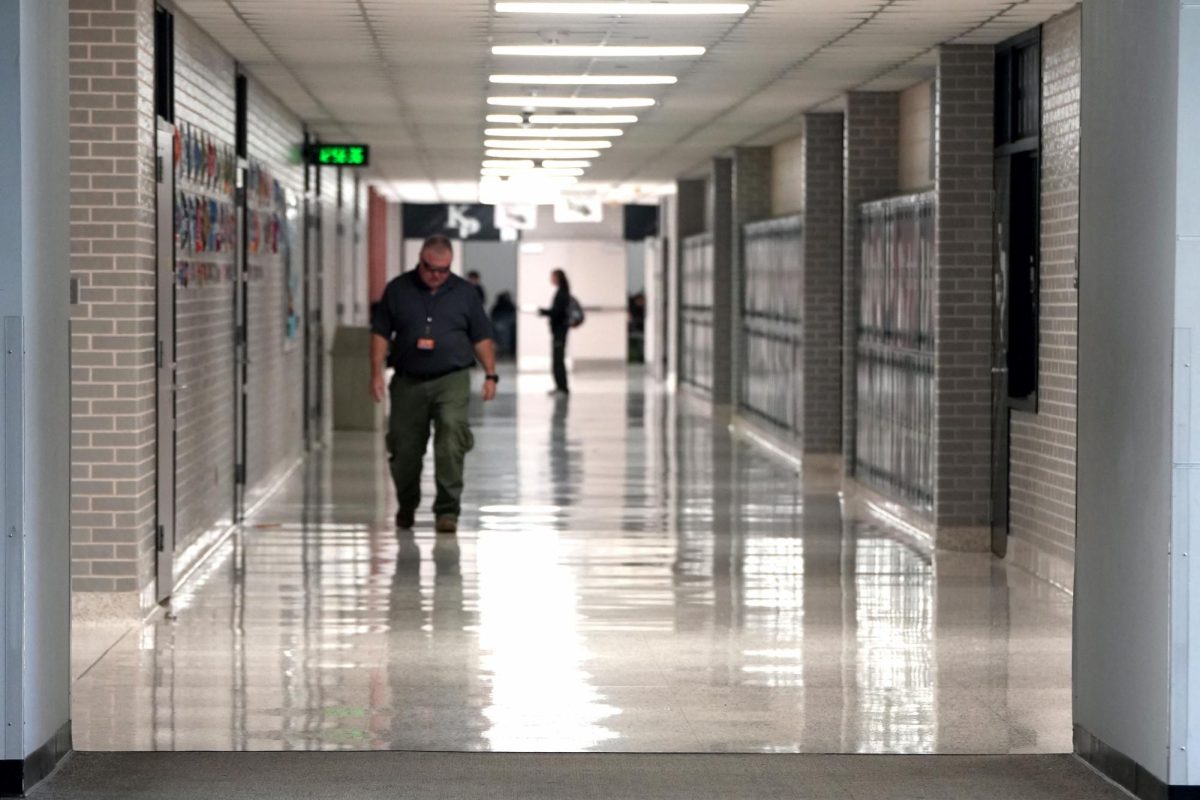The University of Texas-Austin has changed its automatic acceptance rate from the top 6% of students to the top 5% for students applying to enroll in the Fall of 2026.
This mostly affects students ranked between No. 20 and No. 30. In the junior class of 466 students, about 1-23 would still be automatic admits to UT. In the past, students ranked 1-28 would have been admitted.
“I was a little shocked [when I heard about UT’s change],” junior John Howk said. “I realized that it might be a little bit harder to get into, and that maybe other schools may be doing similar things. So I need to lock in on grades a little bit more.”
Automatic admissions to Texas public universities started with a law signed in 1997. This law makes it so a percentage of students are automatically accepted into state schools. Most colleges have an auto-acceptance rate of 10%. UT is the only public university with a lower percentage.
Those who rank in the top 6% the past few years have often applied and considered UT because of its reputation. UT has an overall acceptance rate of 11%, and is considered the most prestigious public university in Texas. In the latest US News “Top Public Schools,” it ranks No. 7 in the country.
“[Auto-acceptance] makes me feel a bit more secure,” said senior Olivia Brenner, who just made the 6% cut off for this year’s applications. “I know that if nothing else works out, I have that, and it’s a very good option.”
Automatic acceptance helps make it so students are guaranteed acceptance, which reduces the stress level in many high-ranking students. For some, however, UT lowering its automatic acceptance rate makes the school no longer worth it.
“It definitely marked UT off my roster,” junior Jada Cassidy said. “I already just barely had it on the back burner and, knowing that, I didn’t have that same comfortability with it as I did for Texas A&M. Kind of just like [decided], okay, that’s not something that I really am willing to keep up with.”
UT is also one of the few public universities requiring test scores in applications. Most of the Ivy League and some top private institutions have reimplemented SAT and ACT scores being required. Public universities have mostly remained test optional.
“What we’ve always been told as counselors [for their reasoning in changing automatic admissions], is just the overgrowth and population in that their school is built right smack in the middle of the city,” lead school counselor Jenny Van Horn said. “So there’s not a lot of room for growth and expansion when the population continues to increase.”
Texas saw a record-73,000 applicants this year, triggering the decision to lower the acceptance rate to 5-percent for next year.
“While I still make the cutoff now, I don’t want to ever get complacent with myself because I don’t know,” junior Caitlin McLain said. “These colleges change their policies like every year now. So I never want to get too comfortable.”








